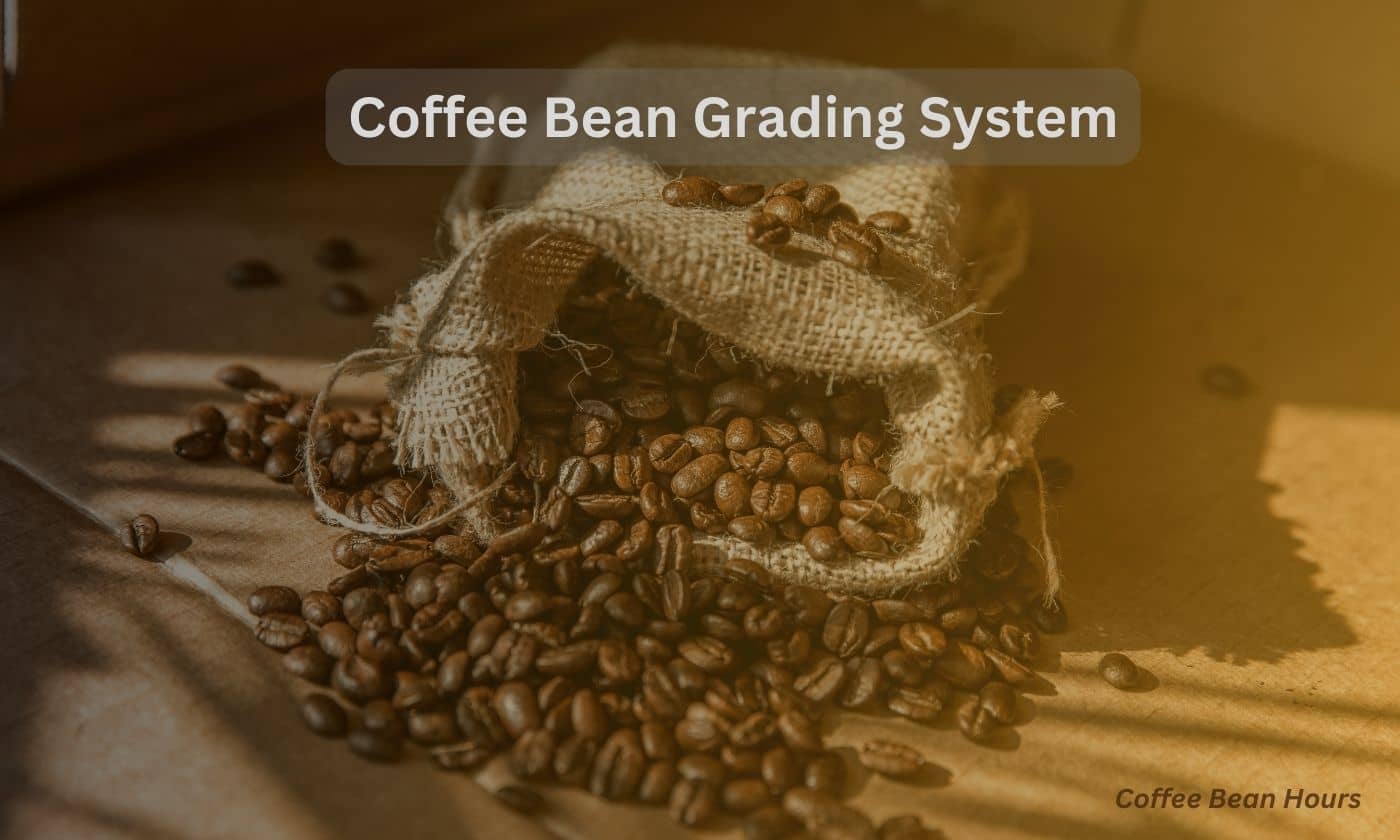Coffee is more than just a beverage; it’s a world of diverse flavors and aromas waiting to be explored.
But have you ever wondered how coffee beans are graded and categorized to ensure that you get the best possible cup?
Welcome to the fascinating realm of the coffee bean grading system, where beans are meticulously evaluated and classified based on their attributes and quality.
In this article, we’ll take a deep dive into the world of coffee grading, demystifying the process and helping you understand the intricacies that contribute to your daily brew.
Table of Contents
Understanding the Coffee Bean Grading System
In the diverse world of coffee, each bean carries its unique characteristics. From the earthy undertones of Indonesian beans to the vibrant acidity of African ones, coffee enthusiasts have a vast range of flavors to explore. This journey of flavors is made more meaningful through the coffee bean grading system, a vital process that ensures consistency, quality, and transparency throughout the industry.
The coffee bean grading system serves as a guiding framework that aids in categorizing and evaluating coffee beans based on various attributes such as size, shape, density, and defects.
This meticulous process allows coffee buyers and roasters to make well-informed decisions when selecting beans for their brews. By understanding the grading system, professionals can anticipate the flavors and aromas the beans are likely to deliver.
By adhering to this system, the industry can maintain high standards and deliver the desired taste profiles to consumers.
Whether it’s a bold espresso or a delicate pour-over, the coffee bean grading system supports the pursuit of consistency and excellence in every cup, ensuring that coffee lovers worldwide can savor the unique flavors and experiences that each bean offers.
A. Key Factors in Coffee Bean Grading
1. Size and Screen Size
The size of coffee beans can greatly influence the brewing process and the flavors they impart. Beans are typically sorted by passing them through screens with specific hole sizes.
Larger beans are often associated with higher quality due to their potential for better flavor extraction during brewing.
2. Density
Density is another crucial factor in grading coffee beans. Denser beans are often considered superior as they tend to hold their flavors and aromas better during roasting and brewing.
The density of beans can vary based on factors like altitude, region, and processing methods.
3. Defects and Imperfections
Coffee beans are meticulously inspected for defects and imperfections. These can include discolored beans, insect damage, or other irregularities that can impact the final cup’s quality.
Beans with minimal defects fetch a higher grade.
B. Coffee Bean Grading Systems Around the World
Different coffee-growing regions and countries have their own grading systems, often tailored to their specific bean characteristics. Some well-known grading systems include:
1. Specialty Coffee Association (SCA) Grading
The SCA, a respected authority in the coffee industry, has developed a standardized grading system that considers bean size, density, and defects.
Beans are graded on a scale of 0 to 100, with higher scores indicating higher quality. Specialty-grade beans must score 80 or above.
2. African Coffee Grading
Countries like Ethiopia and Kenya follow their own unique grading systems. In Ethiopia, coffee beans are classified as Grade 1 to Grade 9, with Grade 1 being the highest quality.
In Kenya, beans are graded based on size, defects, and color, with AA being one of the highest grades.
3. Colombian Coffee Grading
Colombia, one of the world’s largest coffee producers, uses a classification system to grade the coffee beans that considers factors like size, density, and altitude.
The top grades are Supremo and Excelso, indicating large and medium-sized beans, respectively.
The Journey from Farm to Cup
The coffee bean grading process starts at the source – the coffee farms. Skilled workers carefully handpick the ripe cherries, ensuring that only the finest ones are selected.
These cherries are then processed to extract the beans. After processing, beans are meticulously sorted and graded based on various factors. This grading helps ensure consistency in the flavors and quality of the beans that eventually reach your cup.
Exploring Grading Variations
It’s important to note that while grading systems provide valuable insights into the quality of coffee beans, they are not the sole determinant of flavor.
Factors like bean origin, processing methods, and roasting techniques also contribute significantly to the final taste. Some regions prioritize certain attributes over others, resulting in a rich tapestry of flavors for coffee enthusiasts to enjoy.
Decoding the Label
Next time you pick up a bag of coffee beans, take a closer look at the label. You might see grading information that offers insights into the beans’ quality.
Understanding these labels can empower you to make informed choices that align with your taste preferences.
Conclusion: Elevating Your Coffee Experience
The coffee bean grading system is a testament to the dedication and expertise of coffee producers and enthusiasts worldwide. It ensures that the journey from bean to cup is one of quality, flavor, and excellence.
By adhering to this system, the industry can maintain high standards and deliver the desired taste profiles to consumers. Whether it’s a bold espresso or a delicate pour-over, the coffee bean grading system supports the pursuit of consistency and excellence in every cup, ensuring that coffee lovers worldwide can savor the unique flavors and experiences that each bean offers.
As you sip your morning brew, take a moment to appreciate the intricate process that brings these beans to your mug.
For more insights into the fascinating world of coffee beans, don’t forget to explore the Coffee Bean page on Coffee Bean Hours.
Dive deeper and enhance your understanding of the beans that make your favorite brews so special.
